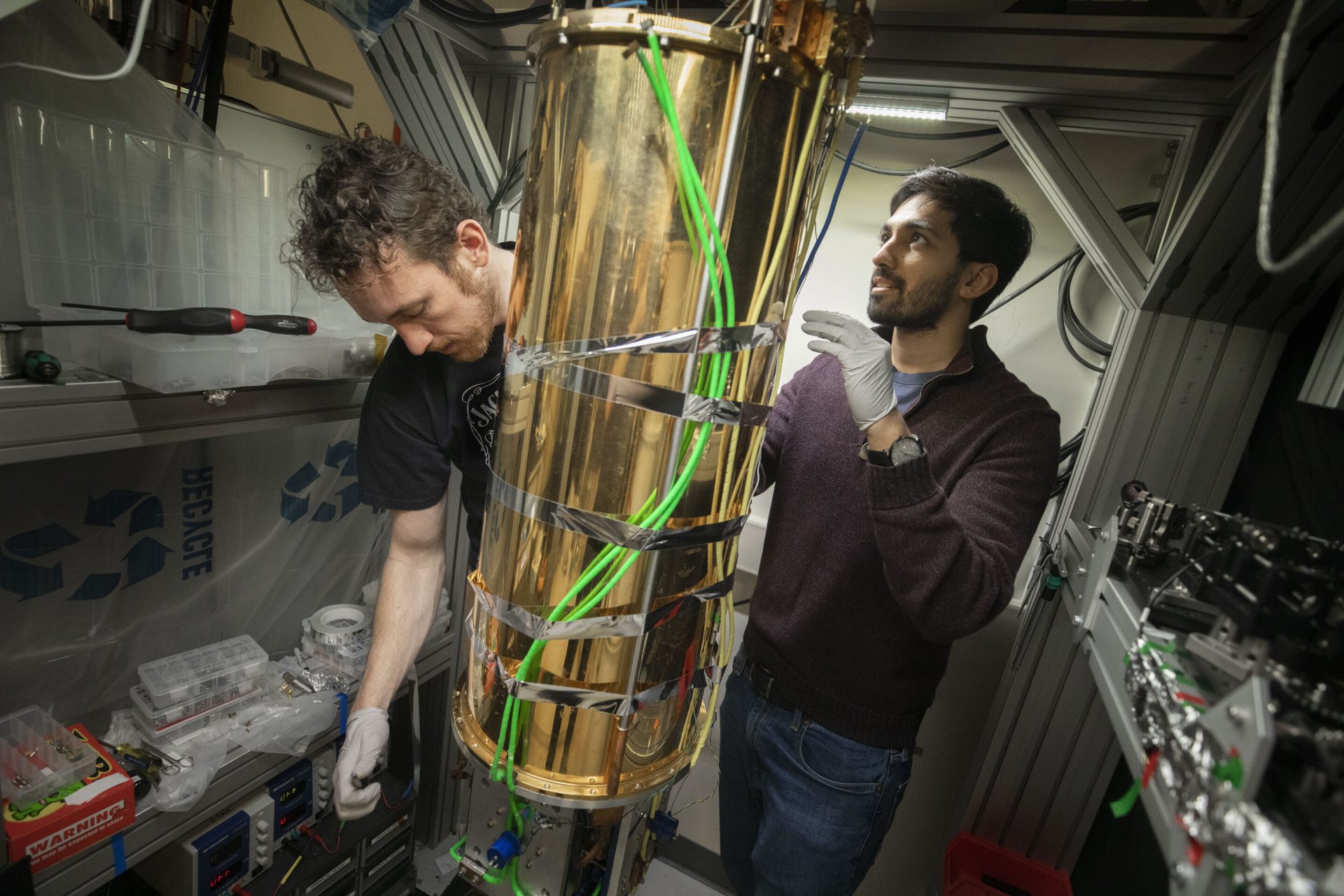
Harvard and MIT researchers have found a way to correct for signal loss with a prototype quantum node that can catch, store and entangle bits of quantum information. The research is the missing link towards a practical quantum internet and a major step forward in the development of long-distance quantum networks.
Quantum communication over long distances is affected by conventional photon losses, which is one of the major obstacles for realizing large-scale quantum internet.
How can you amplify and correct a signal if you can’t read it? The solution to this seemingly impossible task involves a so-called quantum repeater. Unlike classical repeaters, which amplify a signal through an existing network, quantum repeaters create a network of entangled particles through which a message can be transmitted.
At each stage of such a network, quantum repeaters must be able to catch and process quantum bits of quantum information to correct errors and store them long enough for the rest of the network to be ready. Until now, that has been impossible for two reasons: First, single photons are very difficult to catch. Second, quantum information is notoriously fragile, making it very challenging to process and store for long periods of time.
The team has been working to harness a system that can perform both of these tasks well—silicon-vacancy color centers in diamonds.
The research is published in Nature. (Phys.org)
